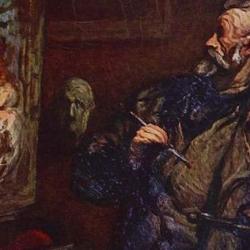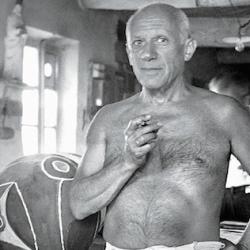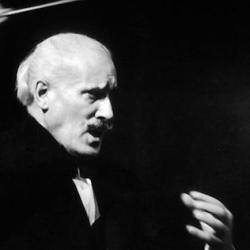Paul Barker’s review Carscapes: The Motor Car, Architecture, and Landscape in England in the TLS highlights the effect on the automobile on architecture and urban design.
The authors “quote the historian Jack Simmons, in 1947, seeing his adoptive city, Leicester, stripped of its past in pursuit of engineers’, planners’ and architects’ dull-minded fantasies of a land fit for the car: ‘In the course of the last 15 years – no more – the Old Town of Leicester has been almost entirely destroyed. In the late 1950s its medieval street pattern was clearly visible . . . . Now nearly all this has gone: not merely the streets but their very names – Applegate Street, Blue Boar Lane, Bakehouse Lane, Red Cross Street . . . .
“In their place we have a huge swathe of concrete, taking the traffic through the city north and south, with windy and desolate stretches, of concrete again, on either side of it. The Old Town in its former state was grimy, and in many respects an inefficient anachronism. Nevertheless it was full of interest, of oddity: it was lovable and contained surprises. Not one of those things is true of its successor. It has become a passage-way, a mere hyphen between larger units.’ Some historic monuments remained, but they were isolated and hard of access.”
Today, car-only roads are so commonplace that we forget they had to be imagined: “The all-embracing changes thought necessary to keep the driver happy, and the pedestrian in his or her place, have often come to pass long after they were conceived. By the time the drawbacks were discovered, it tended to be too late to stop the juggernaut of construction. So it was with that all-car artefact, the motorway, which rightly has many pages and photographs in Carscapes . In the early 1900s, the Conservative politician, A. J. Balfour and the Fabian H. G. Wells both dreamed of car-only roads.”















